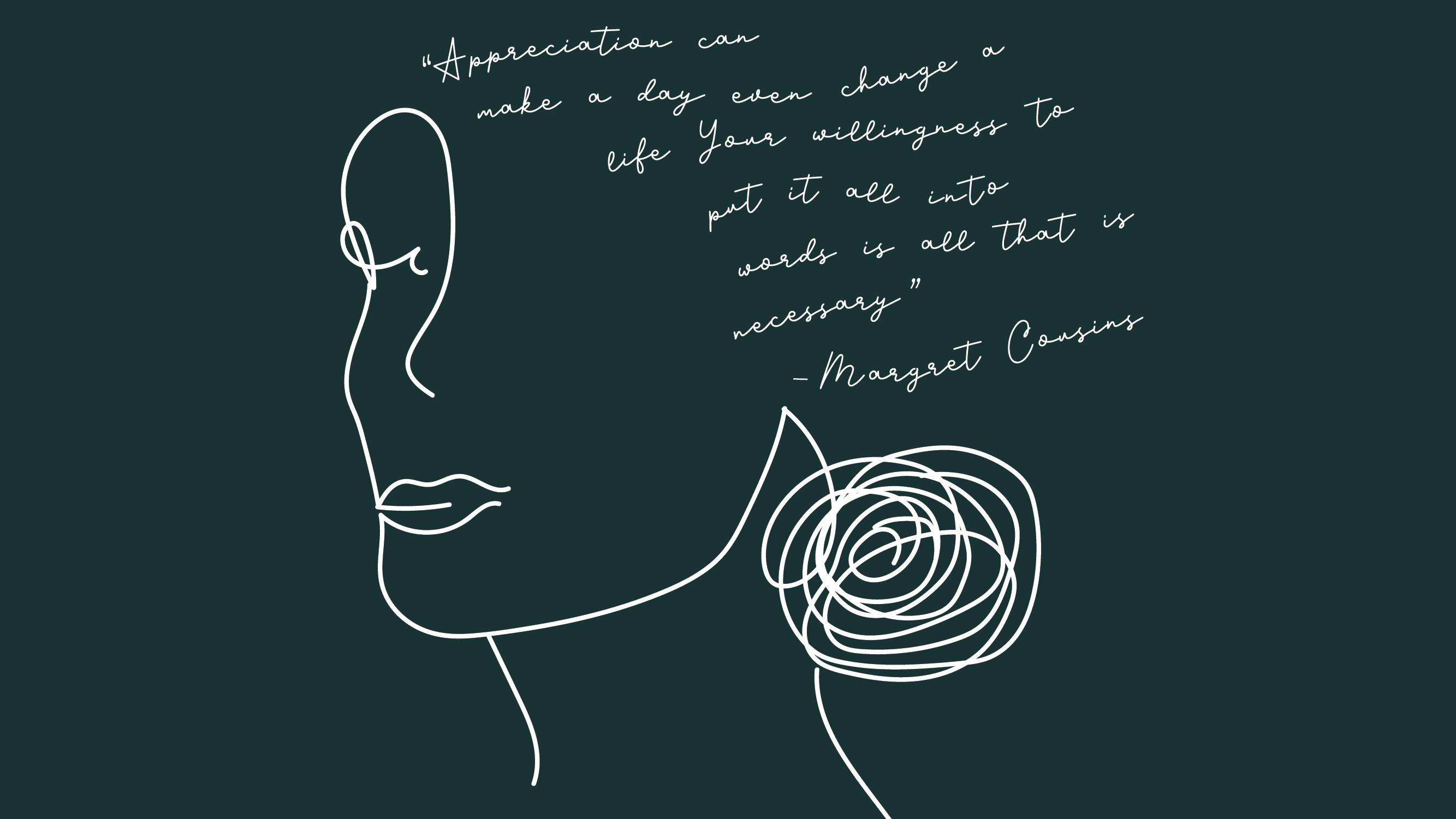
Blog Post by: Allie Duggan
While attending a couple events this year and working on various graphics projects for different clients recently, I have seen an emphasis on how important appreciation is and its profound impact on human behavior. Appreciation enhances well-being by boosting self-esteem and strengthens relationships, because it makes you feel valued and fosters a sense of trust and connection. It boosts morale, which in turn creates an environment of kindness and giving. And as long as the appreciation is consistent, it creates a positive feedback loop.
In the world of nonprofit organizations, it’s not just about fundraising, it’s about building meaningful relationships with the supporters and advocates in your community and showing your appreciation. While every supporter of your cause deserves gratitude, recurring donors hold a special place in the heart of any nonprofit. They are the steadfast champions of your mission, providing consistent support that helps drive your organization forward. In this blog post, we’ll explore the importance of appreciating your donors, with a special emphasis on the significance of recurring donors and the small gestures that make a world of difference.
Beyond the Business Relationship
One of the fundamental aspects that set nonprofit-donor relationships apart from business transactions is the element of trust and belief in a shared mission. Recurring donors aren’t just customers; they’re your partners in making your community a better place. They’ve committed to your cause, and they’re in it for the long haul. It’s crucial to recognize and celebrate this unique dynamic.
The Power of Appreciation
Donors who choose to support your organization on a regular basis are essentially saying, “I believe in what you do, and I want to be a part of it.” In response, it’s vital to show them that you value their commitment. The power of appreciation cannot be overstated. Here’s why it matters so much:
1. Strengthening the Connection
By showing appreciation, you’re strengthening the emotional connection between your nonprofit and your recurring donors. You’re not just thanking them for their financial support, you’re acknowledging their role in making your mission a reality. This acknowledgment deepens the sense of belonging and attachment.
2. Encouraging Ongoing Support
When donors feel valued and appreciated, they are more likely to continue their support. They become more invested in your mission and are willing to increase their contributions or extend their commitment. Appreciation fosters loyalty.
3. Spreading the Word
Donors who feel appreciated become your most effective advocates. They are more likely to share their positive experiences with friends, family, and colleagues, helping you expand your support network. In this way, appreciation has a ripple effect that goes beyond the immediate donor relationship.
Small Gestures, Big Impact
Appreciation doesn’t always have to be grand or elaborate. Sometimes it’s the small gestures that make the most significant impact. Here are some ideas to consider:
1. Handwritten Thank You Notes
A simple, heartfelt thank you note can convey your appreciation more effectively than a generic email. Personalize the message, mentioning their specific contributions and the impact it has had on your organization’s work. We encourage our partners to tie a donation amount to an impact in their organization during the event and reiterating this while acknowledging your donors’ generosity packs a big punch.
2. Quick Phone Calls
A brief phone call to express gratitude can be a pleasant surprise for your donors. It shows that you’re willing to go the extra mile to make them feel valued.
3. Exclusive Updates & Access
Share exclusive updates about your organization’s progress with your recurring donors. Let them know how their support is making a difference. This helps them understand the direct impact of their contributions. Additionally, make sure they have exclusive access to event tickets and tables before they go on sale to the general public. You can do this through a phone call or a specific marketing piece and it is sure to go a long way.
4. Special Recognition
Consider creating a donor recognition program where you publicly acknowledge and celebrate the contributions of your recurring donors. This can be done through your website, newsletters, or at events.
Appreciating your donors, especially recurring donors, is not just a formality – it’s a vital element in maintaining and nurturing the relationships that drive your nonprofit forward. These dedicated supporters aren’t just a source of financial assistance, they are advocates for your mission, and they deserve to know just how much their commitment means to you. So, take the time to express your gratitude in meaningful ways and watch as the bonds between your organization and its donors grow stronger, ultimately enabling you to achieve even greater positive change in your community.


